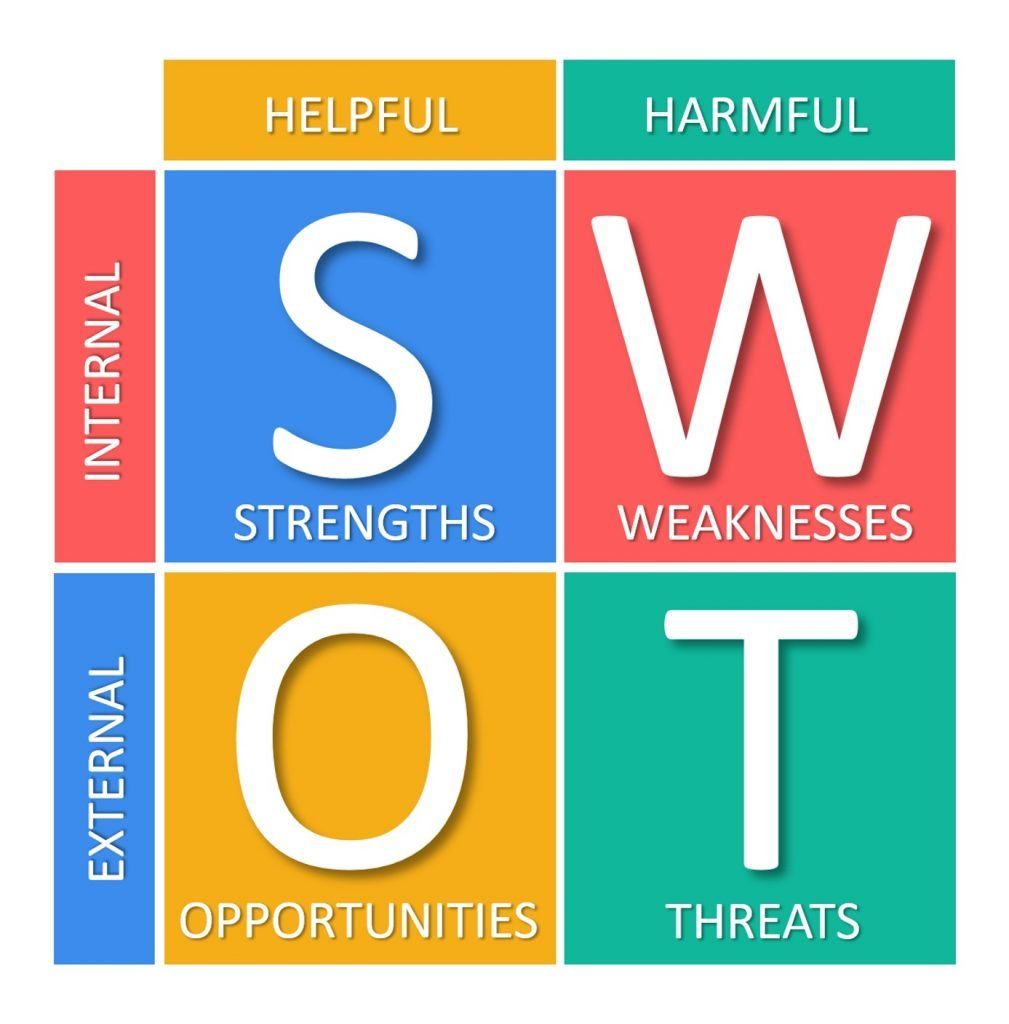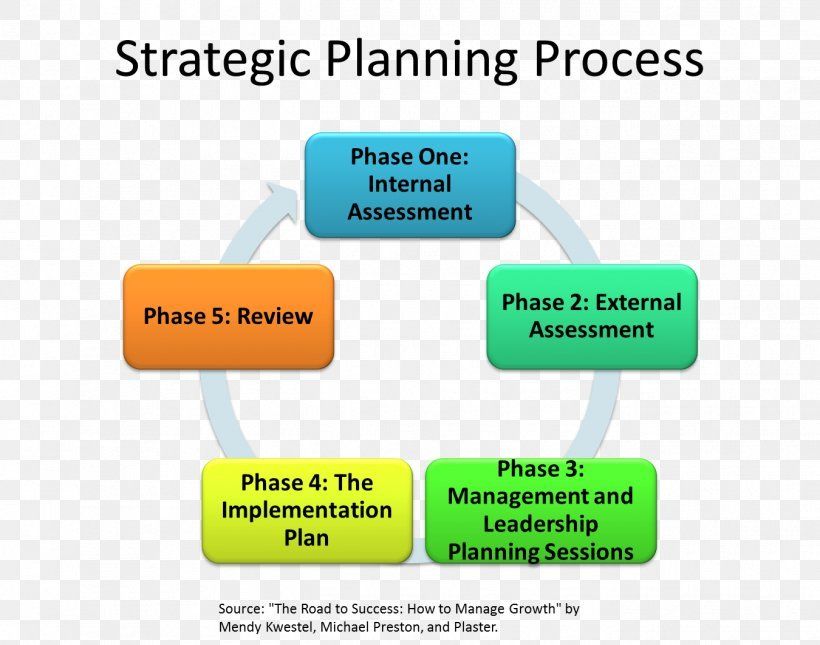Redefine Creativity
AI Image Editor
Free browser-based tool for stunning visual creations
7 min to read
Effective business strategies are the key factor that sets apart an ordinary business from an extraordinaire business group. Whether you are looking to establish new plans, set new business priorities, plan your investment decisions, or chalk out a new business roadmap, you need an effective business strategy to achieve desired outcomes for your business.
Every business has its unique characteristics, requirements, and culture, and its approach to marketing, sales, customer acquisition, employee management, and other key aspects will reflect its values and strategies.
An effective business strategy is a basic requirement for a champion team. And when we move towards a systematic/ effective workspace, then these strategies or techniques are the way to achieve our desired goal.
Also, these strategies and techniques open up different opportunities for the people working within the business industry. The business strategy planning and decisions must be clear and quick because, through these strategies, we will contribute to our projects for the welfare of society and can effectively deal with those hurdles that are already big challenges for us promptly.
After huge research or planning, sometimes many companies or managements will make abrupt and impulsive decisions that hurt their enterprise value. Adding the wrong people and making faulty assumptions can be costly for the organization.
Here, we will discuss some of the most effective business strategies for better and advanced performance:

The first and foremost important step towards creating an effective business strategy is having a well-defined vision for yourself and your business. The most important thing to always keep in mind is that during the whole process, your aims should be accurate, definite, realistic, and sensible.
When you emphasize your mission, you should have a clear vision and techniques for yourself to get through your path and reach your mission. Your ability to evaluate your company’s performance will depend on the setting of a specific goal and measuring your progress in achieving them.
This can be achieved in 3 easy steps:

Identifying the hurdles in the way of achieving your mission is one of the very important aspects of designing effective business strategies for your business. By identifying the weakness, strengths, and threats we can correct them and get alert before the worst happens.
Before bringing any effective business strategy to action, you must perform a SWOT analysis to examine the challenges ahead. Whether it is examining new activities, and initiatives, restoring internal policies, and recognizing changes to twirl or proper planning for its execution, you must analyze every aspect thoroughly.
The primary objective of a SWOT analysis is to help the organizations develop a full awareness of all the factors involved in making a business decision.
To run a successful business, you should regularly analyze your processes to ensure you are operating as efficiently as possible. While there are numerous ways to assess your company, one of the most effective methods is to conduct a SWOT analysis.
So basically, with the help of SWOT analysis, you can explore different instructions and strategies for effective business setup, with a focus on all the strengths and opportunities to overcome weaknesses and threats.

The most significant challenge for an effective business strategy is to find a way of acquiring a continuous competitive advantage over the other competing products, services, and firms in the market.
This type of advantage generally works for an item, product, and service which are better than that of any other competing materials. A well-developed business strategy should always have its workspaces, how a company can develop space from the competition in its service offerings, pricing model, delivery system, and more.
Competitive advantages can be identified and measured upon the following 6 factors of reviews:

The most important part of effective business strategies is the focus that the firm's top management team must decide before any other strategic planning can take place, by defining the mission for the company.
A mission should roughly outline what the firm wants to do and how it will do it properly. The main aim of the mission is to provide unique and high-quality products or services to customers.
Vision and Mission both have two different perspectives, vision is defined as a big picture of what you want and mission is a general statement of how you will achieve the vision.
The company mission is just like the vision, it tells everyone what is the management’s purpose and its measurable objectives. Usually, the mission is to advertise internally by employers, stakeholders, and leaders throughout the management.

Strategic planning is a method of building the direction of your business with the help of determining both where you stand and where you are going to stand in the next coming years. This will work in business growth and success towards next-level challenges to employees by creating key strategies for tackling every inch of weak areas of the management.
The main objective of a strategic plan is to set a target for your business mission, vision, value and long term goals to reach the desired target.
Most importantly, strategic planning will bring the whole team together under one vision of growth because, without the cooperation and willingness of the employees, it’s impossible to execute the strategy effectively.
It is one of the best techniques for increasing productivity and identifying the strengths and weaknesses of the group.

Any strategic planning is destined to fail unless everyone is performing their duties diligently. Firstly, the planning requires you to kindly monitor and manage performances and tweak any components that are not leading to satisfactory results.
Another important point that helps to review the company’s development and good performance feedback is reinforcing strong skill sets and positive behaviors while showing opportunity areas with a clear path for improvement.
Furthermore, analysis always continues to collect new and reliable data to help with any future strategic planning that may occur. But most of the time, monitoring is used to redefine your business goals.
Below are some of the key factors that tell us how to monitor your business performance-

For the growth of standardization, the best way is an approach facilitating, researching, analyzing, mapping, and executing the company’s ability to achieve the present reality often with consideration of the management process.
To show the main growth of the industry, the main step is selecting the best approach, tools, and techniques to use, given the business problem and opportunity.
Keys points for the planning of standardized growth are as follows:

A comprehensive strategy is the internal document of any organization that ensures a shared vision and path, which if followed, will increase the chances of achieving success. Unlike many other consulting firms, CBS believes the business plan must include a detailed strategy
There are several business plans and strategies for making your work and targets comprehensive.
The main segments for comprehensive business strategic planning models are:
Once you have an effective business strategy plan in place, you are ready to implement it as this step is about taking the action in a strategic planning process. Distribute tasks among different individuals or departments to prevent one person or group of people from becoming overwhelmed.
Put simply, Business strategy is a clear set of plans, actions, and goals that outlines how a business will compete in a particular market, or markets, with a product or number of products or services.
A good strategy will help you make good investment decisions, like how and where you would like to spend money. It also helps to provide guidance on project prioritization and other activities within your organization.
Allocate and optimize resources, and make profits that generate above-average returns.
Need expert guidance? Connect with a top Codersera professional today!